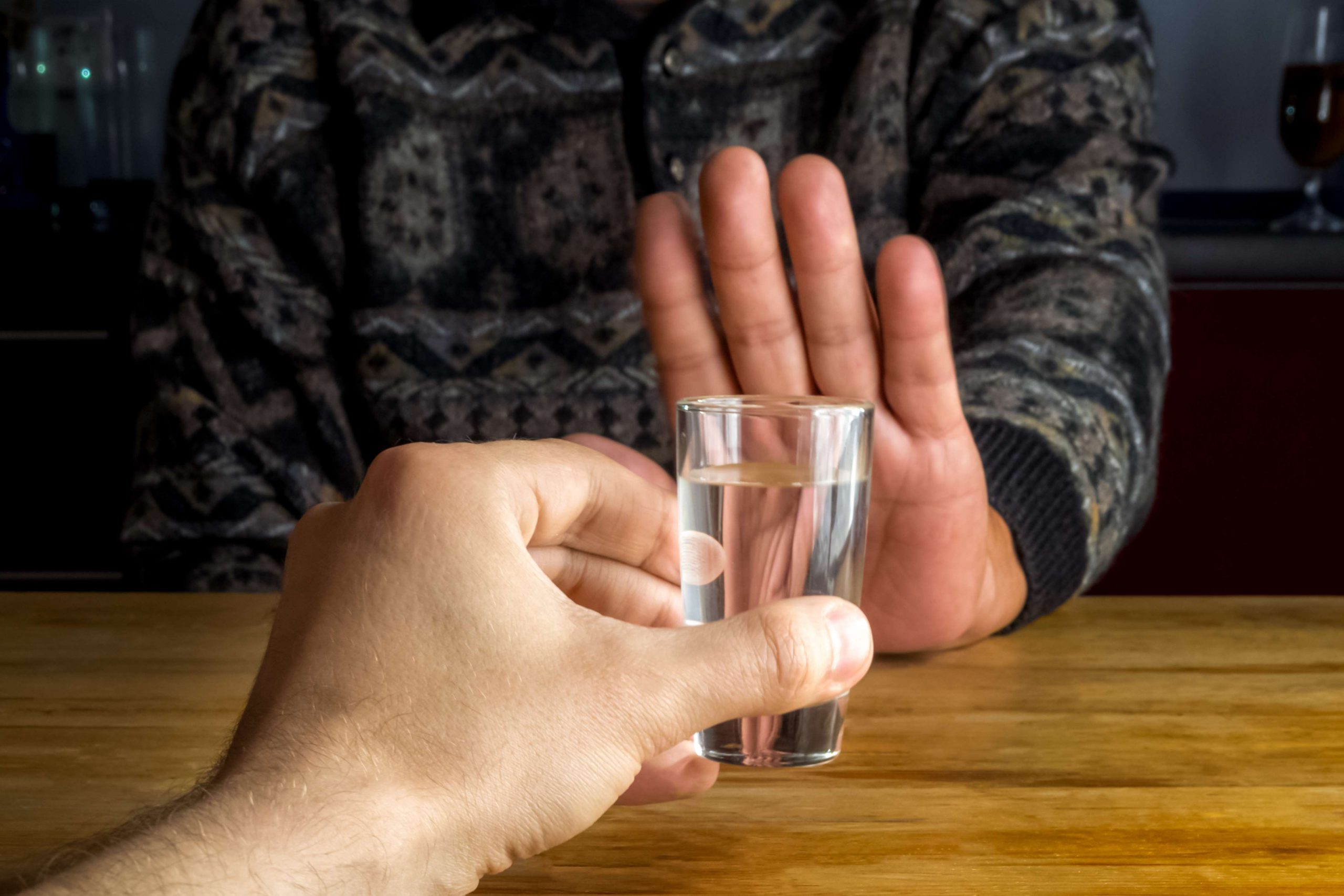Content
Mental health professionals have debated including compulsive shopping, stealing, excessive sexual behavior, and internet use as possible disorders, though there is controversy about whether or not a repetitive behavior in and of itself should constitute an addiction. There is also disagreement about whether these types of addictions should constitute a separate clinical entity, or whether they are a manifestation of underlying psychiatric disorders. Research has approached the question from a variety of viewpoints, with no universally standardized or agreed definitions, leading to difficulties in developing evidence-based recommendations.
- In this video, Dr. Femke Buisman-Pijlman explains how biological, psychological, and social factors interact to either increase or reduce the risk that a person may develop a drug use disorder.
- The extent to which this impact operates at a communal or national level warrants consideration.
- The substance then reinforces addiction because it helps the individual escape the symptoms of withdrawal.
- Despite these differences, some gender-related differences appear relatively consistent across disorders.
- During this Webinar, Dr. Nestler will describe these molecular, cellular, and circuit actions of drugs of abuse and how knowledge gained from this work can be used to develop more effective treatments of addiction.
Indulging our interests is another good way to avoid drug use, especially for younger people. Some studies have shown that communities that offer healthy after-school activities, such as sports, drama, and other recreations, have fewer instances of drug use. We are complex beings, and if there were a simple cure for addiction, we’d no longer have people struggling with it. The biological basis of addiction helps to explain why people need much more than good intentions or willpower to break their addictions. At Nova Recovery Center, Houston we provide our patients with a very comfortable detox process, where medical professionals provide monitoring and care around the clock.
Are people with addiction responsible for their actions?
Expectancy theory proposes that an individual will behave or act in a certain way because they are motivated to select a specific behavior over others due to what they expect the result of that selected behavior will be. In essence, the motivation of the behavior selection is determined by the desirability of the outcome. However, at the core of the theory is the cognitive process of how an individual processes the different motivational elements. As related to addiction, expectancy theory explains how there may be a motivation to experience the “high” of the substance and the euphoric state that the drug brings to the body.
Addiction is defined as a disease by most medical associations, including the https://www.healthworkscollective.com/how-choose-sober-house-tips-to-focus-on/ American Medical Association and the American Society of Addiction Medicine.
What Are The Main Models of Addiction?
Some of the substance-induced changes occur at the epigenetic level and may be transmitted to descendants. Other considerations relevant to prevention, treatment and policy, such as the potential influences of low socio-economic status, may also be informed by biological advances. For example, early life adversity has been linked to altered brain structure and function [141, 142]. Additionally, individuals lower in social status show hypo-functioning striatal systems, and this may influence reward- and motivation-related behaviors including addiction propensity [205]. The extent to which this impact operates at a communal or national level warrants consideration.
Worldwide, addictions are prevalent and low- and middle-income countries may not have the resources to adequately address these disorders [5, 6]. The impact of addictions typically is widespread, with some estimates indicating seven people being affected for each identified addicted individual, and there often exist substantial social consequences [7]. Addictions may influence employers as well as families, and the impact may be felt trans-generationally as parents with addictions may neglect children or model unhealthy behaviors [8].
Sociocultural Treatment
However, it is also necessary to admit that genetic and biological models have certain differences which make some people believe in the power of one theory only. In spite of the fact that addiction is obscured by biological problems (Campbell, 2003), certain environmental factors have sober house to be defined. The addict’s choice of drug is a result of the interaction between the psychopharmacologic properties of the drug and the affective states from which the addict was seeking relief. The drug’s effects substitute for defective or non-existent ego mechanisms of defense.
Research is continuing to be done to explore genetic influence, but there is strong evidence that genetic predisposition is often a factor in dependency. As of 2016, about 22 million people in the United States need treatment for an addiction to alcohol, nicotine, or other drugs. Only about 10%, or a little over two million, receive any form of treatment, and those that do generally do not receive evidence-based care.
Understanding the Biological Model of Addiction: What You Need to Know
Other motivation-focused models have proposed arguably more extensive involvement of brain regions whose functions may contribute to motivated behaviors, addiction vulnerability and addictions. One model focusing on adolescent vulnerability to addiction separated primary and secondary motivational neurocircuitry (see figure 1 in [50]). The primary circuitry involves the prefrontal cortex, striatum (including the caudate and putamen), and thalamus.
This means that, while biology is necessary for drug-use problems to develop (if your brain doesn’t react to a drug, you will not become addicted to it), it is not sufficient to explain them. In essence, the biological viewpoint of addiction states that we are predisposed to addictive behavior through physiology and chemistry. Not only does our genetic blueprint make us more susceptible to addiction, but the ways our brains are wired make us more vulnerable to substance-abuse problems, as the use of these substances alters the way our brain functions and further cements the foundations for addiction. NIH-funded researchers are also evaluating experimental therapies that might enhance the effectiveness of established treatments.
Is Addiction Really a Biological Disease?
Heart disease, diabetes and some forms of cancer involve personal choices like diet, exercise, sun exposure, etc. Substance use can cause the brain to release high levels of these same chemicals that cause feelings of pleasure. Constant substance use causes these chemicals to release more, which results in changes in the brain’s reward and motivation systems as well as memory. People may be addicted to many different things, ideas, or actions at the same time, and society will be unable to identify such dependence.
However, many researchers, including neuroscientists, indicate that the brain disease model presents a misleading, incomplete, and potentially detrimental explanation of addiction. Given the relative immaturity in adolescents of brain regions like the prefrontal cortex involved in emotional and motivational processing including in the regulation of craving for drugs and food [66, 67], adolescents may be biologically vulnerable to engagement in addictive behaviors. Consistent with this notion, adolescents show largely subcortical/limbic responses to favorite food cues and individualized stress cues [68], whereas adults show both subcortical/limbic and prefrontal cortical responses [69, 70]. In biological models focusing specifically on adolescent addiction vulnerability [50], the function of brain regions contributing to other states (for example, relating to hunger, thirst or sex drive) relating to motivational drives and behaviors has been cited as important. For example, brain regions such as the hypothalamus and septum that are involved in these homeostatic processes may contribute importantly [50, 71, 72]. The biological model of addiction is a theory that explains the biological changes that occur within the brain as a result of substance use.
Addiction Treatment Programs
Drug addiction is a complex, neurobehavioural process that subverts and alters primitive brain reward system circuits that are otherwise in place to help organisms survive. Substances of abuse are potent stimuli that encode enduring patterns of drug-seeking behaviour in the reward system. Brief, high-intensity reward activation is followed by a period of reduced activity and responsiveness, during which natural rewards are not strong enough to activate the system. At the same time, altered gene transcription results in the accumulation of long-lived intracellular proteins that sensitize the reward system. Hence, small environmental or chemical stimuli can reactivate addictive behaviours even after long periods of abstinence. Stress and major depression produce similar changes in the reward circuits, compounding the effect.

Understanding the causes can help empower you to understand your own circumstances, but let’s not let it limit you in your beliefs about making positive changes in your life. Consideration and further elucidation of the biological etiologies of addictions hold significant potential for making important gains and reducing the public health impact of addictions. Evoke Wellness treatment centers offer a safe and comfortable environment for medical detoxification.




























































